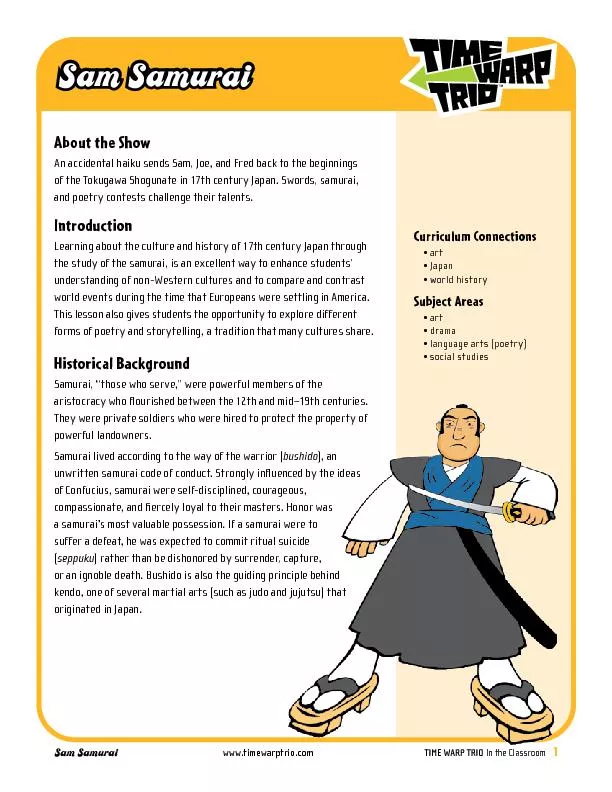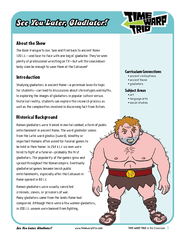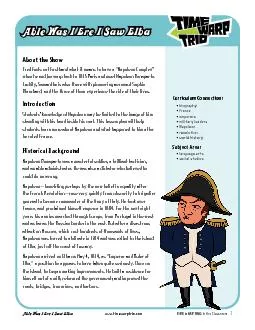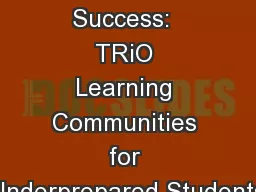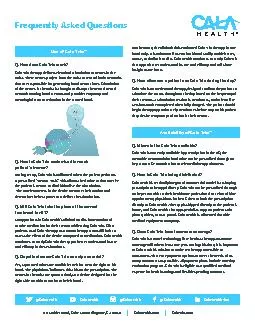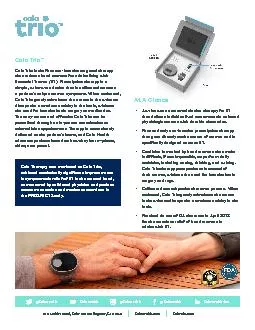PDF-TIME WARP TRIO
Author : debby-jeon | Published Date : 2016-07-27
R 8R R 8R wwwtimewarptriocom BcpvuuifTipx An accidental haiku sends Sam Joe and Fred back to the beginnings of the Tokugawa Shogunate in 17th century Japan Swords
Presentation Embed Code
Download Presentation
Download Presentation The PPT/PDF document "TIME WARP TRIO" is the property of its rightful owner. Permission is granted to download and print the materials on this website for personal, non-commercial use only, and to display it on your personal computer provided you do not modify the materials and that you retain all copyright notices contained in the materials. By downloading content from our website, you accept the terms of this agreement.
TIME WARP TRIO: Transcript
Download Rules Of Document
"TIME WARP TRIO"The content belongs to its owner. You may download and print it for personal use, without modification, and keep all copyright notices. By downloading, you agree to these terms.
Related Documents

